
The Icelandic sheep are direct descendants of the sheep brought here by the settlers in the 9th century. Sheep have been the key to the nation’s survival, providing generations of Icelanders not only with food but also with wool as protection from the biting cold of the harsh northern climate. Without sheep, Iceland would have been uninhabitable.
As a breed, the Iceland Sheep is unique – its purity has been protected by centuries of isolation and a total absence of contact with others. Like their ancient forefathers, the Icelandic sheep have fleeces that are divided into two layers. This is an integral part of what makes Icelandic wool so special. The long and coarse hair of the upper layer are called tog. It works in a similar way to an overcoat and repels water. The lower layer is called þel. The Þel hairs are shorter, softer and fluffier, making them perfect for insulation.
Another striking characteristic of the Iceland Sheep is its natural colours: black, grey and brown as well as the usual white. Together, these create the distinctive look of Icelandic knitwear, one of the best-known examples of which is the Lopi sweater.
Textile production techniques may have changed dramatically since the days of the early Viking settlers, but the commitment of Icelanders to quality and tradition has not. Icelandic wool is a natural product created on environmentally friendly principles. Only natural energy sources such as geo-thermal and hydroelectric power are used in production of Icelandic wool, while the sheep from which the wool is harvested still graze freely in summer, as they have always done, on vast tracts of virgin land. The use of chemicals and detergents is kept to an absolute minimum to ensure that natural oils are preserved, leaving the wool as warm, light and water-resistant as nature herself made it.
Fibre Content: 100% Wool
Weight: 100 g
Length: 300 m
Recommended Knitting Needles: 4.5mm (1-ply), 5.5mm (2-ply)
Tension/Gauge: 19sts – 10 cm (1-ply), 14sts – 10 cm (2-ply)
Plötulopi is an unspun single ply yarn that is the favorite of the native Icelandic knitters for garments of all kinds. It is quite fragile to knit because it breaks easily but is just as easy to put it back together by simply laying the two ends together and rubbing them between your palms. No knots are needed at all! The garments knitted with Plötulopi are very light, surprisingly warm and durable. Plötulopi is often used double, triple or with a lace yarn such as mohair and silk. This makes it stronger and hard-wearing. The reason why it is possible to knit with unspun yarn is because of the Icelandic wool’s qualities: the short and soft þel hair (inner coat) cling together with the very long and coarse tog hair (outer coat). Once knitted, the tension points are distributed evenly on the stitches, the tog hair holding them all together.
-

Plötulopi 0001 White
8.70 € -

Plötulopi 1038 Ivory Beige
8.70 € -
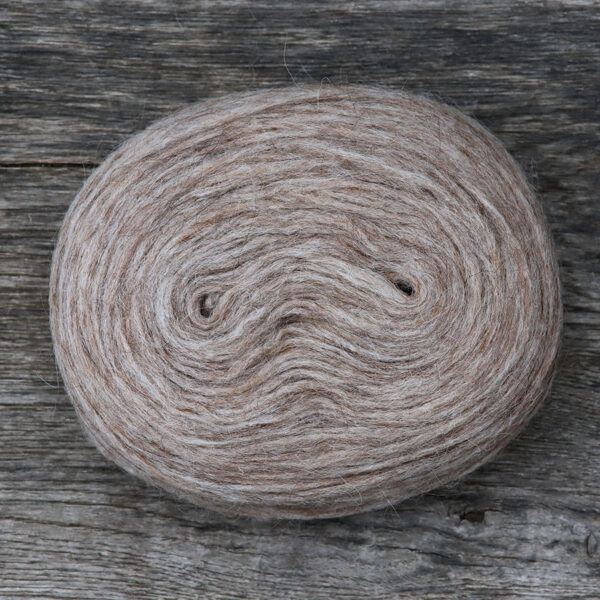
Plötulopi 0003 Light Beige Heather
8.70 € -
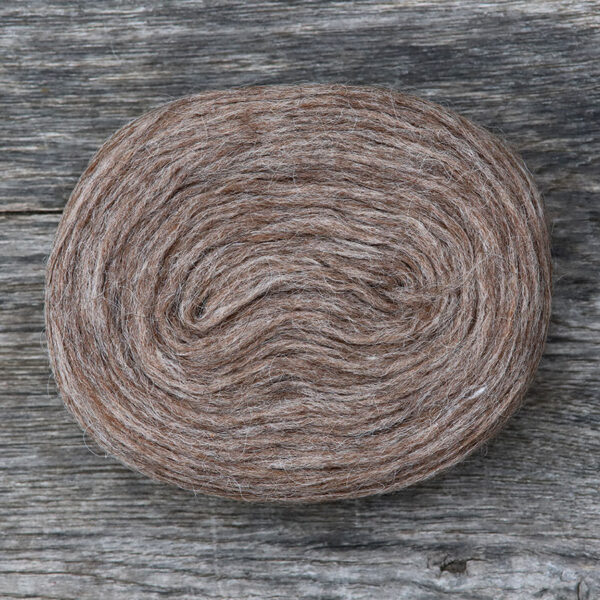
Plötulopi 1030 Oatmeal Heather
8.70 € -

Plötulopi 0009 Brown Heather
8.70 € -

Plötulopi 1033 Black Sheep Heather
8.70 € -

Plötulopi 2020 Dark Wood
8.70 € -

Plötulopi 1026 Light Ash Heather
8.70 € -

Plötulopi 1027 Lash Heather
8.70 € -
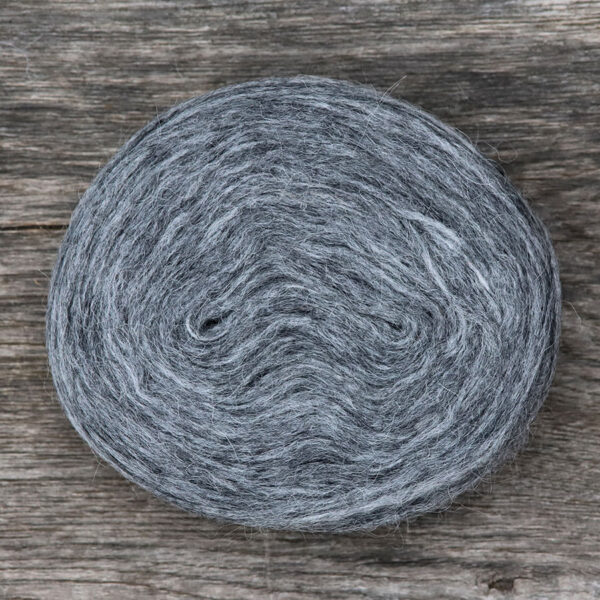
Plötulopi 9102 Grey Heather
8.70 € -

Plötulopi 9103 Dark Grey Heather
8.70 € -

Plötulopi 0005 Black Heather
8.70 € -
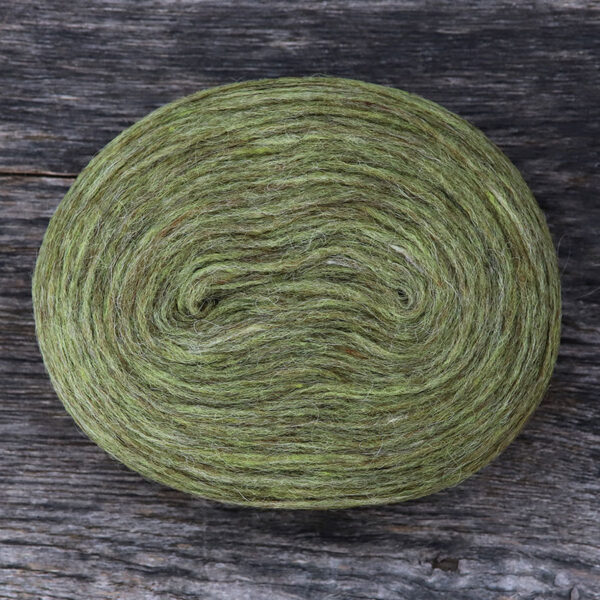
Plötulopi 1423 Clover Green Heather
8.70 € -

Plötulopi 1420 Marsh mezgimo siūlai
8.70 € -

Plötulopi 1421 Spruce Green mezgimo siūlai
8.70 € -

Plötulopi 0484 Forest Green
8.70 € -

Plötulopi 1431 Arctic Blue mezgimo siūlai
8.70 € -

Plötulopi 2024 Black Cosmos
8.70 € -
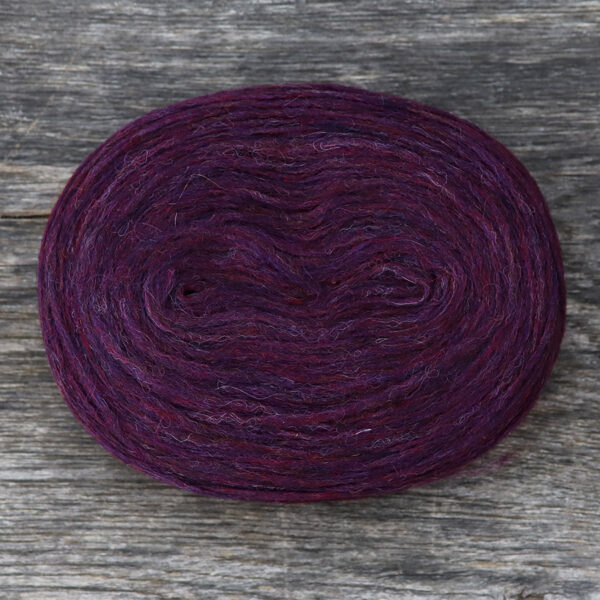
Plötulopi 1428 Plum Heather
8.70 € -

Plötulopi 2027 Wine Red
8.70 € -

Plötulopi 1427 Jasper Red Heather
8.70 € -

Plötulopi 1430 Carmine Red Heather
8.70 € -
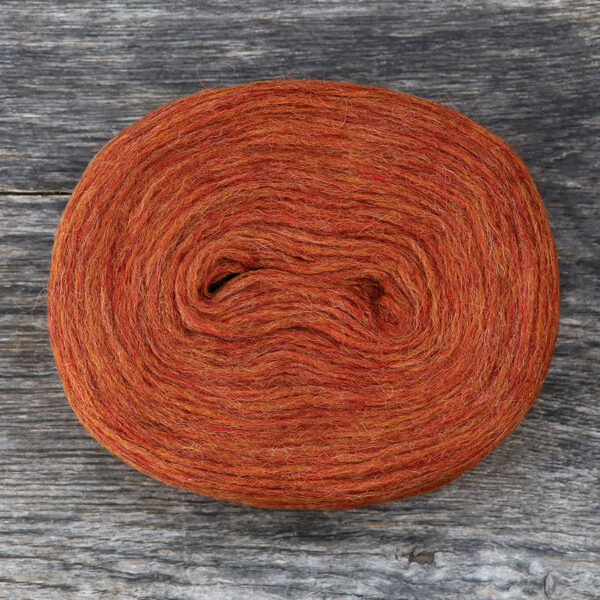
Plötulopi 1426 Dark Amber Heather
8.70 € -
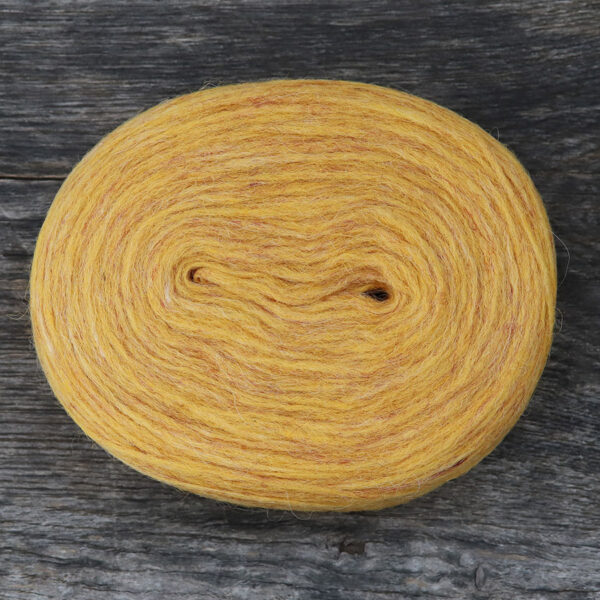
Plötulopi 1424 Golden Yellow Heather
8.70 €
Fibre Content: 100% Wool
Weight: 50 g
Length: 250 m
Recommended Knitting Needles: 2-6mm
Tension/Gauge: Depends on needle size
Einband means “one ply” in Icelandic. It is a fine yarn, ideal for shawls, light garments and lace knitting. Einband can be knitted using more than one strand of yarn. Two strands together knit like Lettlopi. It is also used to add strength to one-ply Plötulopi. Icelandic wool characteristics, extreme durability and wonderful colours make this yarn unique. That’s why Einband and other qualities of Icelandic wool became so popular and desirable in the world of knitters.
-

Einband 0851 White mezgimo siūlai
5.70 € -

Einband 1038 Beige mezgimo siūlai
5.70 € -

Einband 0886 Light Beige mezgimo siūlai
5.70 € -
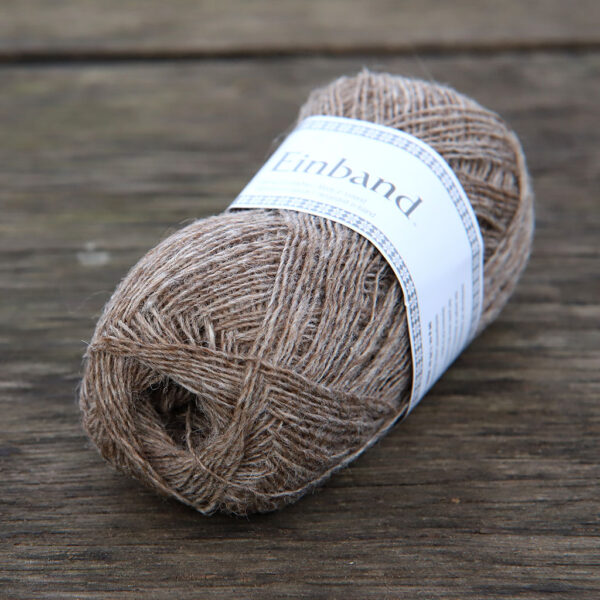
Einband 0885 Oatmeal mezgimo siūlai
5.70 € -

Einband 0867 Chocolate mezgimo siūlai
5.70 € -

Einband 0852 Black Sheep mezgimo siūlai
5.70 € -

Einband 9075 Pecan mezgimo siūlai
5.70 € -

Einband 9076 Almond mezgimo siūlai
5.70 € -

Einband 1026 Ash mezgimo siūlai
5.70 € -

Einband 1027 Light Grey mezgimo siūlai
5.70 € -
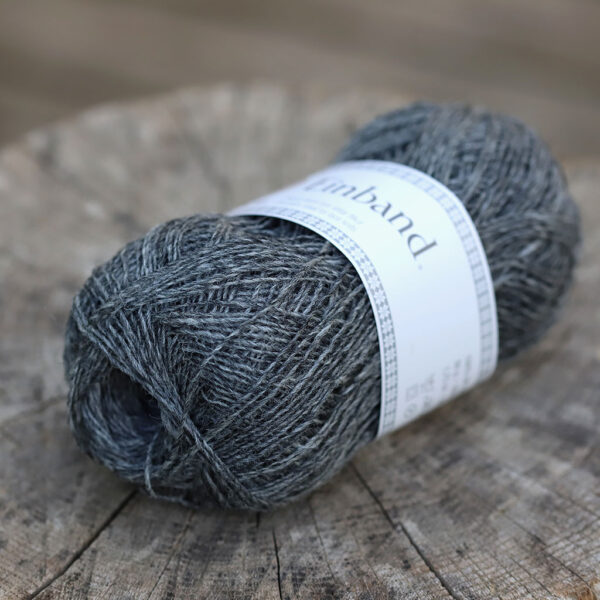
Einband 9102 Grey mezgimo siūlai
5.70 € -

Einband 9103 Dark Grey mezgimo siūlai
5.70 € -

Einband 0151 Black Heather mezgimo siūlai
5.70 € -

Einband 0008 Light Denim mezgimo siūlai
5.70 € -

Einband 0010 Denim Heather mezgimo siūlai
5.70 € -
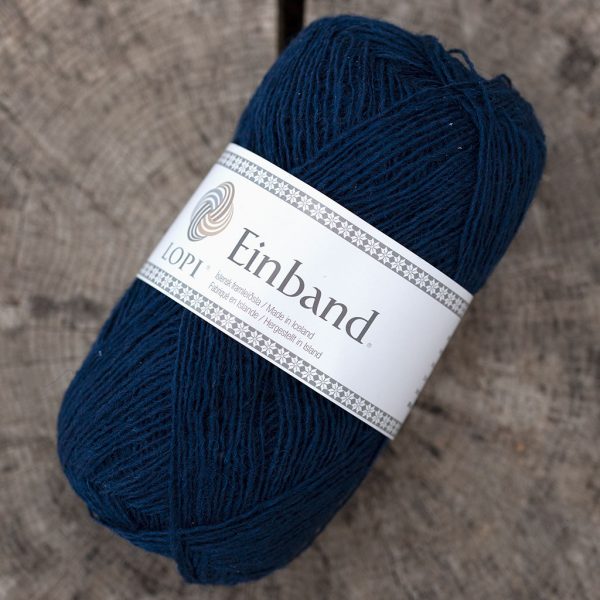
Einband 0942 Blue mezgimo siūlai
5.70 € -

Einband 0709 Midnight Blue mezgimo siūlai
5.70 € -

Einband 9128 Blush mezgimo siūlai
5.70 € -

Einband 1765 Yellow mezgimo siūlai
5.70 €
Fibre Content: 100% Wool
Weight: 50 g
Length: 100 m
Recommended Knitting Needles: 4-5mm
Tension/Gauge: 18sts – 10 cm
Lettlopi is another icelandic wool treasure from Istex. It is the most versatile yarn to knit Icelandic sweaters and accessories that could be worn both outdoors and indoors. Lettlopi is equal to the two strands of Plötulopi slightly twisted together. This makes it less breakable than the single Plötulopi strand. Also this yarn is half the weight of Álafosslopi. Icelandic wool characteristics, extreme durability and wonderful colours make this yarn unique. That’s why Lettlopi became so popular and desirable in the world of knitters.
-

Lettlopi 0051 White
4.90 € -

Lettlopi 0086 Light Beige Heather
4.90 € -

Lettlopi 0085 Oatmeal Heather
4.90 € -

Lettlopi 1420 Murky
4.90 € -
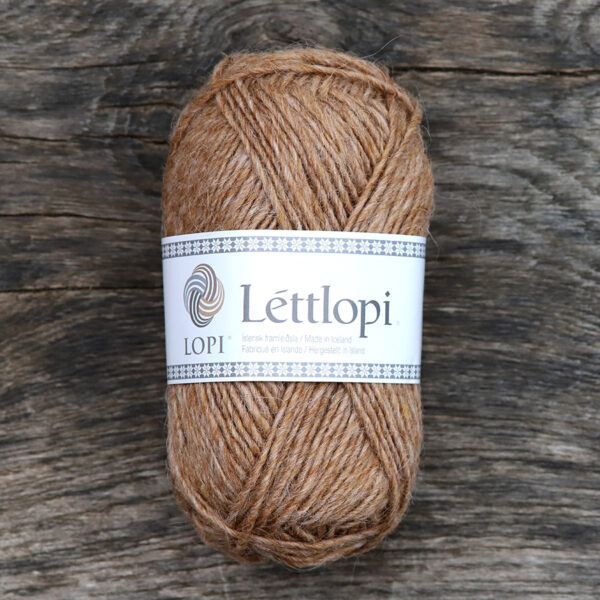
Lettlopi 1419 Barley
4.90 € -

Lettlopi 9427 Rust Heather
4.90 € -

Lettlopi 1409 Garnet Red
4.90 € -

Lettlopi 1703 Mimosa
4.90 € -

Lettlopi 0054 Light Ash Heather
4.90 € -

Lettlopi 0057 Grey Heather
4.90 € -

Lettlopi 0056 Ash Heather
4.90 € -

Lettlopi 0005 Black Heather
4.90 € -

Lettlopi 1700 Airblue
4.90 € -

Lettlopi 9418 Stone Blue mezgimo siūlai
4.90 € -

Lettlopi 1403 Lapis Blue Heather
4.90 € -

Lettlopi 1402 Heaven Blue
4.90 € -

Lettlopi 9420 Navy Blue
4.90 € -

Lettlopi 1417 Frostbite
4.90 € -

Lettlopi 1706 Lyme Grass
4.90 € -

Lettlopi 1416 Moor
4.90 €

